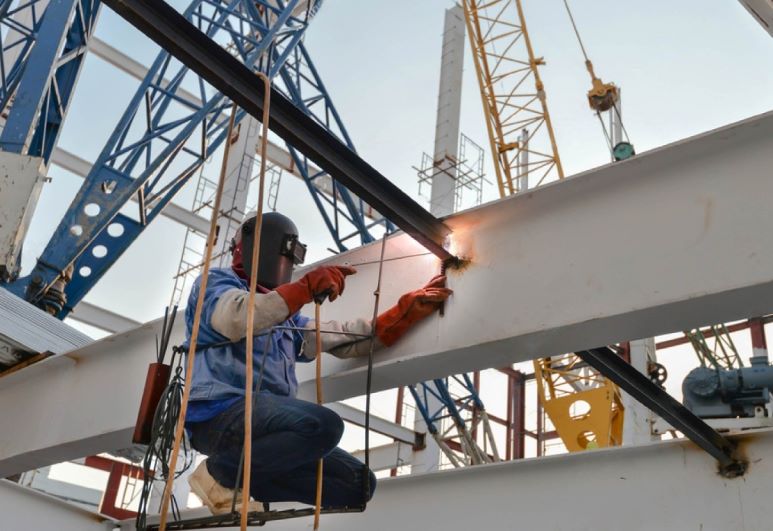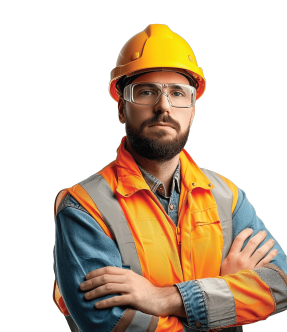Structural Fabrications & Erection

What is Structural Fabrication and Erection?
Structural Fabrication and Erection involve creating and assembling steel frameworks for buildings, bridges, and other structures. This process includes cutting, welding, bending, and assembling steel components in a controlled environment before erecting them on-site. The result is a robust and durable structure that meets specific design and engineering requirements.
Why Choose Structural Fabrication and Erection?
Choosing Structural Fabrication and Erection ensures high-quality construction with precision and efficiency. The process allows for the production of complex structures with a high degree of accuracy, reducing on-site labor and construction time. It also offers flexibility in design, enabling custom solutions for various industrial, commercial, and residential projects.
Why Choose Ibab Construction?
Certified Expert & Team
Decades of expertise in top-notch craftsmanship.
Fast Reliable Services
Quick and dependable solutions delivered on time.

Benefits of Structural Fabrication and Erection
- Precision Construction
- Reduced On-Site Labor
- High Durability
- Flexible Design Options
What are the key stages in Structural Fabrication and Erection?
The key stages include design and planning, material procurement, fabrication in a controlled environment, transportation to the site, and assembly and erection on-site. Each stage is crucial for ensuring the final structure's quality and integrity.
How does Structural Fabrication and Erection improve construction quality?
The process improves quality by allowing for precision manufacturing in a controlled environment, which reduces errors and inconsistencies. This results in high-quality, uniform components that fit together perfectly, ensuring the structural integrity and aesthetic appeal of the final construction.
Can Structural Fabrication and Erection be used for large-scale projects?
Yes, this method is ideal for large-scale projects. It allows for the efficient production and assembly of large structural components, making it suitable for constructing high-rise buildings, industrial facilities, bridges, and other major infrastructure projects.
What materials are commonly used in Structural Fabrication?
Commonly used materials include high-strength steel, stainless steel, and aluminum. These materials are chosen for their durability, strength, and resistance to environmental factors, ensuring long-lasting and reliable structures.



